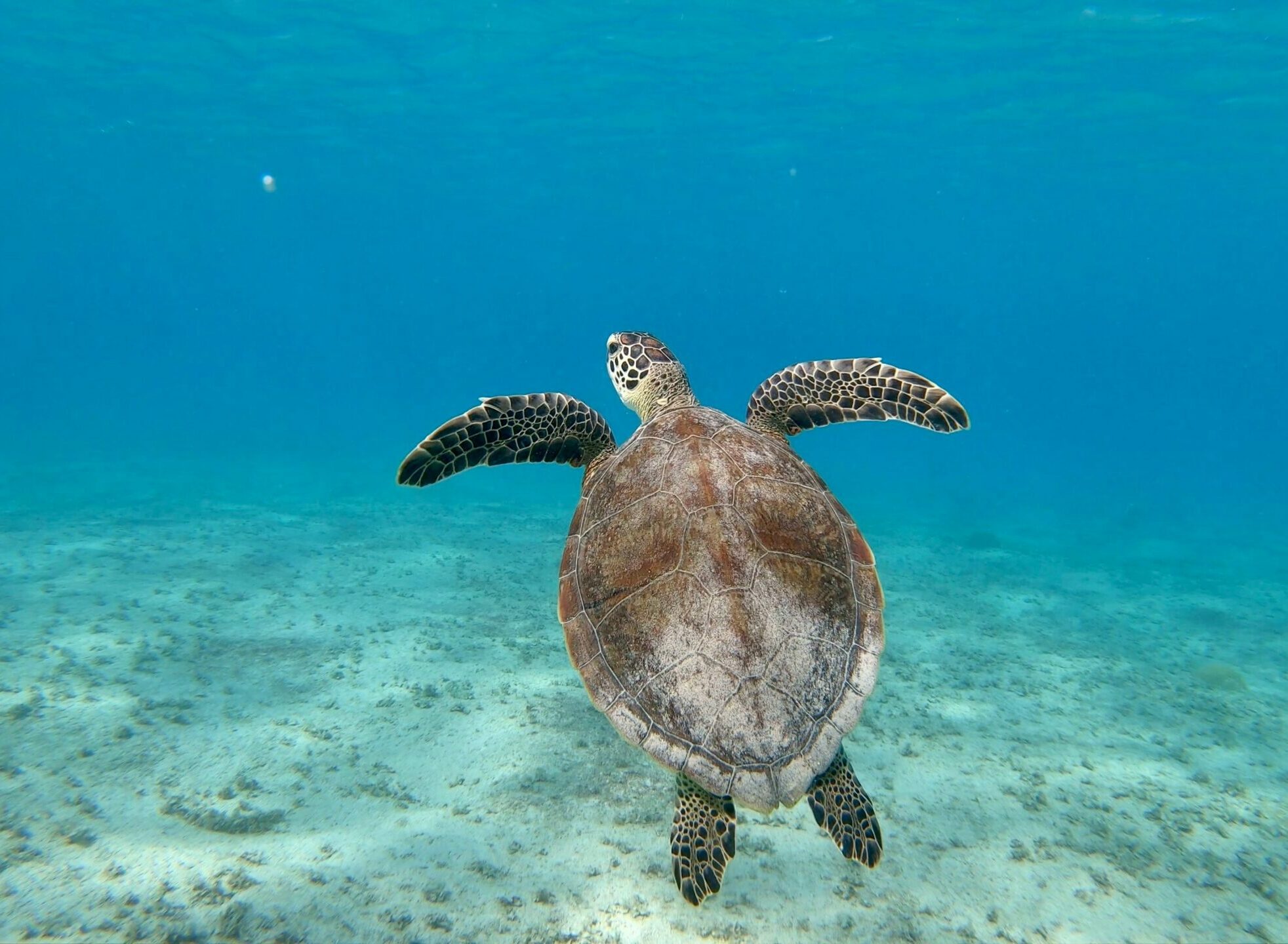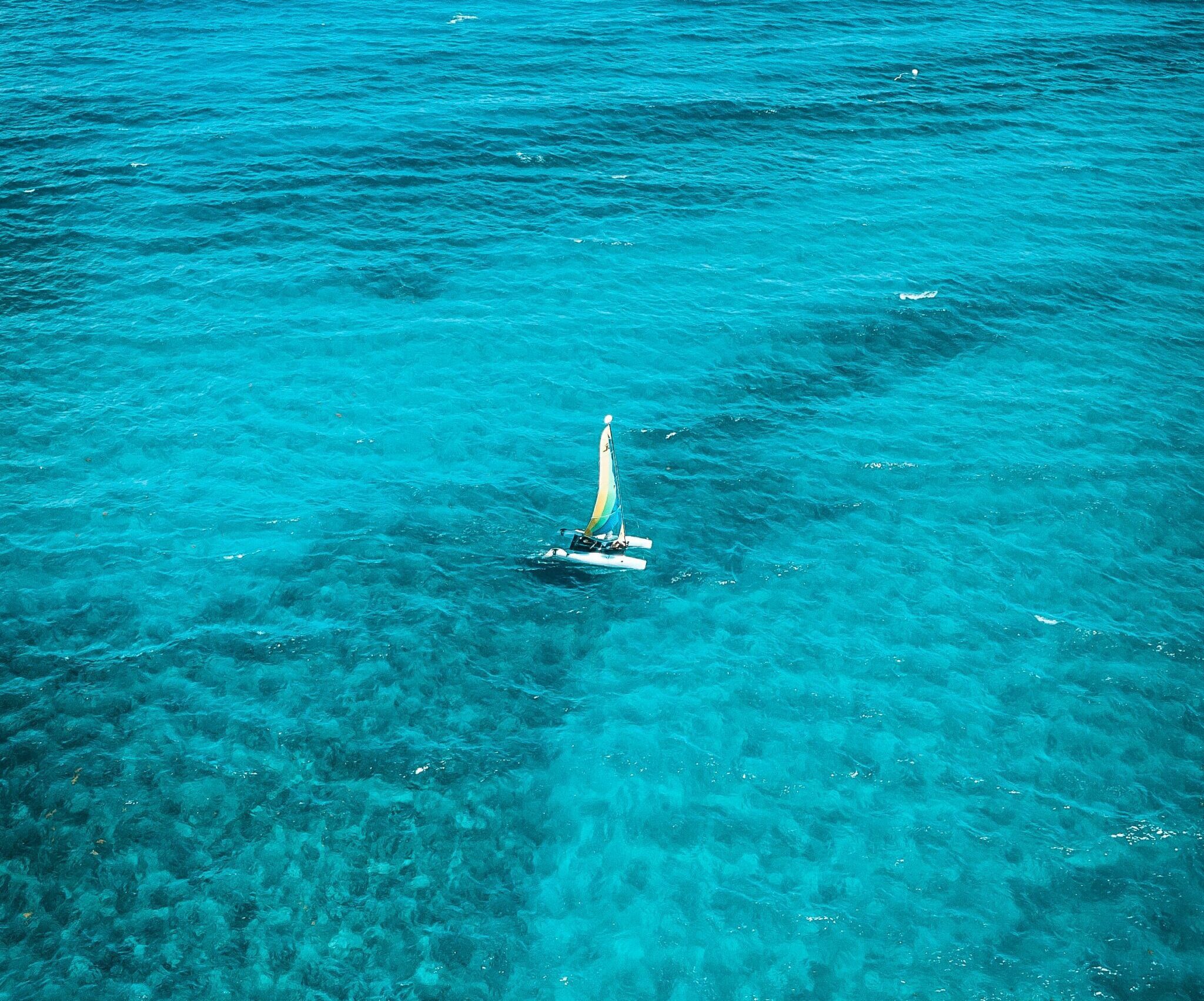Diving in West Palm Beach, Florida offers a wide variety of depths, marine life, and bottom composition. What makes us perhaps the most fortunate is our close proximity to the Gulf Stream. Being
located in South Florida, we come the closest to the East Coast of the United States right here at Palm Beach Island. What that means is clear blue water and a highway for our marine life to travel in.
During June and July we can sometimes enjoy dozens of turtles on every dive thanks to the Leatherback, Green, and Loggerhead Turtles nesting on our beaches here and swimming back to the reefs to relax. In September and August upwards of 50 Volkswagen Beetle sized Goliath Groupers greet us on the wreck treks sometimes surrounded by balls of bait fish. We are also fortunate enough to see many different species of sharks while we are blowing bubbles SCUBA diving in West Palm Beach. They keep their distance from us, though they do pose for great photos sometimes!
Palm Beach diving has a little bit of everything! Our dive sites are lush with many species of moray eels, angel fish, butterfly fish, grunts, and snappers. Loggerhead, Kemp's Ridley, Hawksbill, and Green turtles live on our reefs. We find octopus and squid, beautiful anemones which are home to tiny shrimp. We see crabs and lobsters, clams and scallops. And sometimes we’re lucky enough to see Manta Rays, Whale Sharks, and even Great White Sharks! Who knows what we may find together?
Reef diving in Palm Beach, Florida starts around 40ft (12m) on top and 60ft (18m) in the sand. We have some beautiful deeper reefs that start at 65ft (20m) and drop to 90ft (28m) in the sand. Many of our reefs have a double ledge system that we can meander back and forth between saving bottom time and exploring the view! We also have several wrecks to explore starting at 65ft (20m). Our wrecks have been sunk artificially to attract marine life and promote coral growth. Some are even cut out to make it safe for divers to penetrate and explore inside.
The reefs here have plenty of game fish too. We have Hogfish, many species of snapper and grouper, cobia and many more live on our shallow and deep reefs. WIth a lobster hunting season from early August to the end of March, many divers can catch themselves dinner eight months out of the year! We find them shallow and deep just like the game fish. Our patch reefs to the east of the main line are common dedicated hunting spots. And, if you’ve never tried the invasive lionfish, you would be in for a white, flakey treat which tastes delicious filleted or in ceviche. It is unfortunate that we have them here in Palm beach as they hurt our reefs, but the good news is that we have an open season and many reasons to remove them.
We also have a world famous dive site here known as the Blue Heron Bridge at Phil Foster Park. For decades, divers have come here to see and photograph many rare creatures that are hard to find anywhere else! The deepest spot here is 23ft (7m) which means that we do not have to be concerned about decompression limits. We're limited here by a daily two hour window based around Slack High Tide and, of course, our air consumption. Here we see batfish, frogfish, flying gurnards, bumblebee shrimp, manatees, spotted eagle rays, yellow spotted stingrays, pipefish, many species of blennies, sea horses, and of course all of the usual tropical fish and eels!



